In today’s climate, the idea of a field trip may be unfathomable. Getting through a regular day without a COVID scare and mask management is enough to exhaust teachers with the best classroom management skills. But it leaves me daydreaming about the days of exploration and connections that used to happen outside the classroom, and I don’t mean through Zoom.
The experience of taking an entire class on a field trip made me feel like a ringleader managing a circus of wild animals. The cost, organization, and extra energy exerted as a teacher made creating an authentic learning experience incredibly challenging under the best circumstances. Even if all the moving parts–budget, chaperones, scheduling– fell into place, some students found the whole experience lackluster.
What is the aim of a field trip? For my classroom, it was about engaging students in real-world learning, connecting curriculum to life beyond the classroom, and exposing them to people, places, and experiences beyond their regular routine. Because my class was primarily project-based, students must have opportunities to connect with these resources beyond our classroom to add depth to their projects. Even though I used a variety of strategies to scaffold the experience, such as pre-field trip research, scavenger hunts, and discussion, I still felt like I always fell short of my targeted objective.
Instead of giving up on the whole idea of field trips, I have played tug of war with the challenge of continuing to get students off-campus and making those experiences meaningful. I realized I had an opportunity to reinvent the process of planning field trips.
Going back to my fundamental law of teaching that states, “Thou shall place the heavy lifting of learning back onto the students.” I wondered if the students even wanted to go on field trips. If so, why might a student enjoy a field trip? What might make the experience enjoyable, engaging, and informative? After all, if they aren’t invested in the destination, why should I invest time and energy into planning a field trip?
At the beginning of each unit project, the students filled out a survey that would include a section about people, places, and experiences they thought would enhance their projects. I discovered this survey worked best during the research phase of their projects. At that point, they had learned a bit about the topic and identified what they still didn’t know.
Right away, my most motivated students had a list of places they wanted to visit. They were able to target experiences that would support their learning. Since these students already had a vision and the drive to get out of the classroom, why not push them a little further? So, I asked them to help with the organization:
- When would they like to visit this location?
- How many people need to go?
- Does the location take visitors? If so, how much do we need chaperones?
- How long would they need in this location?
- Would students need to bring anything special on this field trip?
These kids thrived when given the responsibility to plan their field trips. Giving them the autonomy to make phone calls, create a budget, and learn what questions to ask left me more time to sit with the students who were unsure where to go or how to start their projects. This freed me to offer more personalized support and guide the process with students who needed more help.
It might sound daunting to have six groups personalizing their experience, deciding when, where, and who they needed to connect with to make their projects meaningful. I was initially a little overwhelmed by the beast I released in my classroom. But again, I relied on my students to help make it work. We discussed taking turns, prioritizing visiting a location, and identifying crossover experiences that will benefit more than one group. For example, in a project designed to have the students first empathize with the global challenge of sustainability and then develop a solution, several groups brainstormed and researched project ideas around world hunger, agriculture, soil depletion, veganism, and methane production. We found a common thread from these ideas and set up a visit to a local permaculture farm.
We also discussed equity versus equality. Not all students would need or want that outside experience for every project. In addition, just like a field trip is demanding for me to plan, some groups would lose interest in planning their field trips because of the steps involved. After all, if they want to go somewhere, they need to write a proposal about why they want to go to this location and what they hope to gain from the experience. They needed to take ownership of their learning experience. In the end, the groups that made an effort had a more meaningful and rewarding experience. But it also created a gap in who was willing to put in the extra effort and who was happy staying behind.
The logistics of taking smaller groups are slightly more straightforward in my case because I had a co-teacher, and there were district vans available for transportation. I loaded the students who planned the field trip into the school van I had reserved, and away we went. By the time we got to our location, the students were so thirsty to drink up every aspect of the experience that behavior management became my side job versus my only job.
My co-teacher would then continue with project time on campus. No extra planning or making up of instruction was needed from either group. When larger groups wanted to go to a specific location, both my co-teacher and I needed to be involved. We could book a substitute or have another teacher cover our classes. Of course, substitute shortages right now would make that nearly impossible.
Naturally, kids talk. When the students got back to school, they would talk to their peers, which caused a snowball effect. With the next project, more kids were inclined to choose a location, organize the field trip, and take charge of their learning.
Don’t get me wrong, planning a field trip is never not work. As their teacher, I have to support them at each step, nudge them to ask the right questions, encourage them to consider all the planning guidelines, and make sure that all students had access to opportunities for experiential learning. Frontloading and organization are essential to any positive project-based learning (PBL) experience, but the reward was students who were excited, engaged, and learning!
The benefits of offering small, student-organized, personalized field trips extended far beyond students learning the content via dynamic hands-on, experiential learning. It also challenged them to hone life skills, like making to-do lists and phone calls, writing emails, and coordinating chaperones. These skills took time for them to develop, but they are critical to success as students move into college or careers.
I loved seeing the students drive their learning and invest in real-world experiences. As I daydream about post-pandemic normalcy, I can’t help but long to get my students back out into the world as we once knew it or get to know this new world, together.
This guest blog post was written by Marika Neto.
Marika Neto completed her BA in English at Sonoma State University and her BS in Nursing at Loma Linda University. Marika worked as a pediatric oncology nurse, where she struggled to watch firsthand the lack of educational support given to secondary learners hospitalized for long stretches of time. She began working as a Supplemental Instructor at the community college level, developing learning strategies for classes with high failure and dropout rates. After having her first child, Marika went back to Sonoma State University to complete her teaching credentials in both English and Science. She began a dual career, teaching high school English and Science while working as a Pediatric ICU nurse on weekends. Marika is currently working as an instructional coach for math and science interns for a middle school, and she works as an Assistant Nurse Manager for the Maternal Child Health Department at the local hospital.

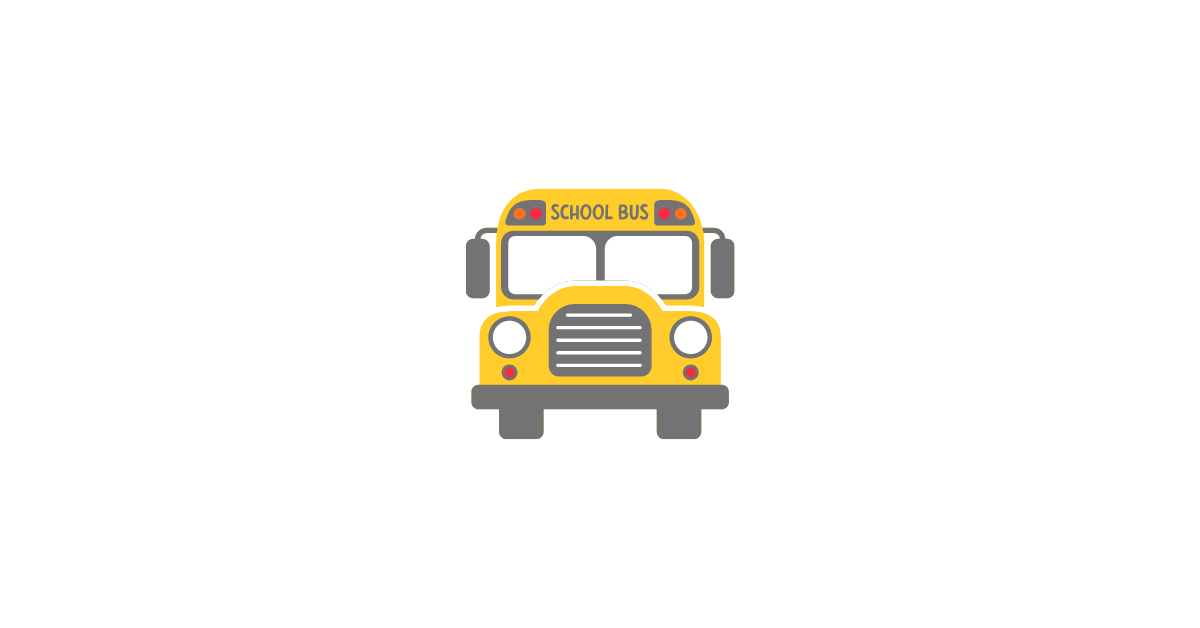
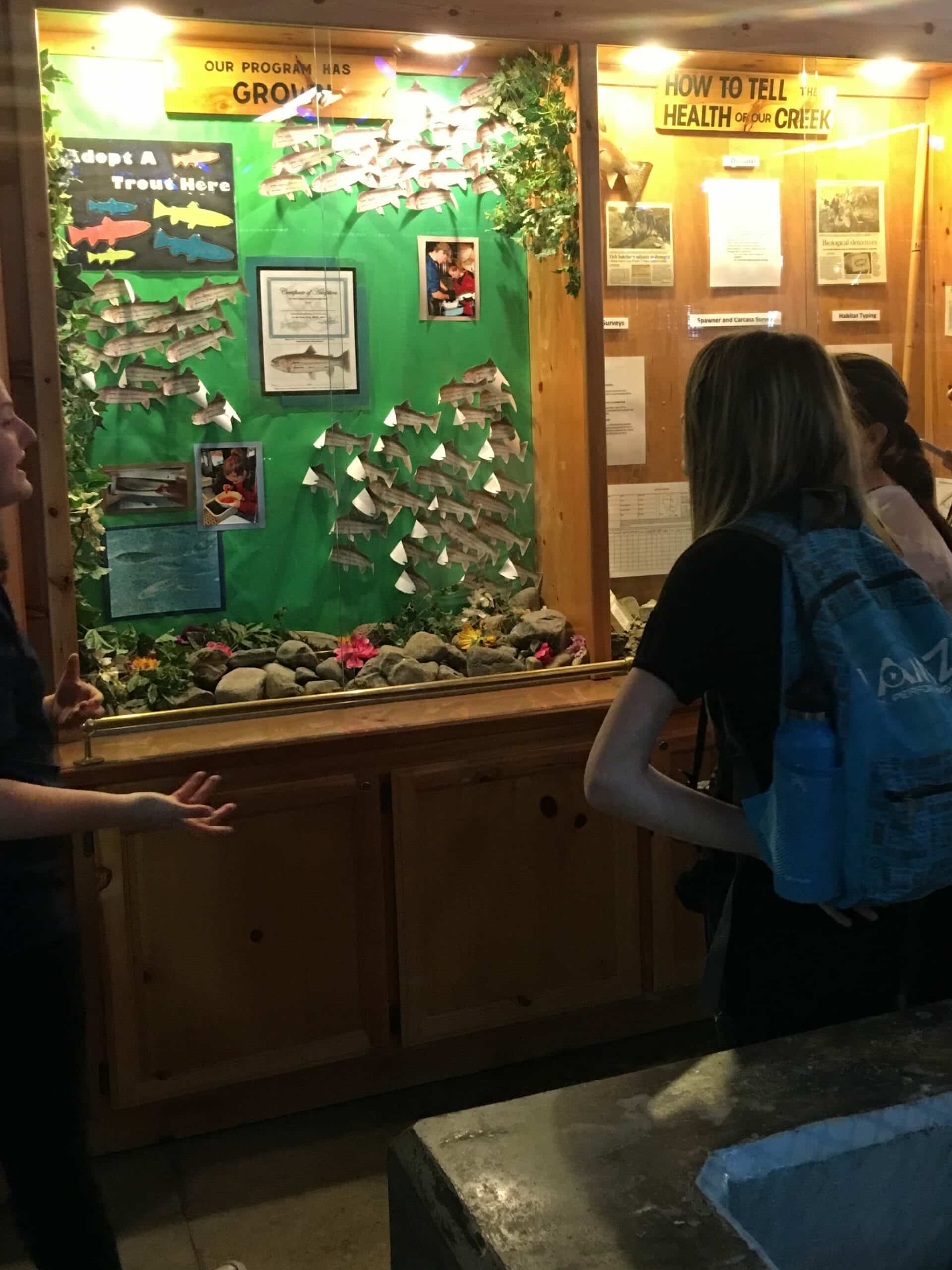
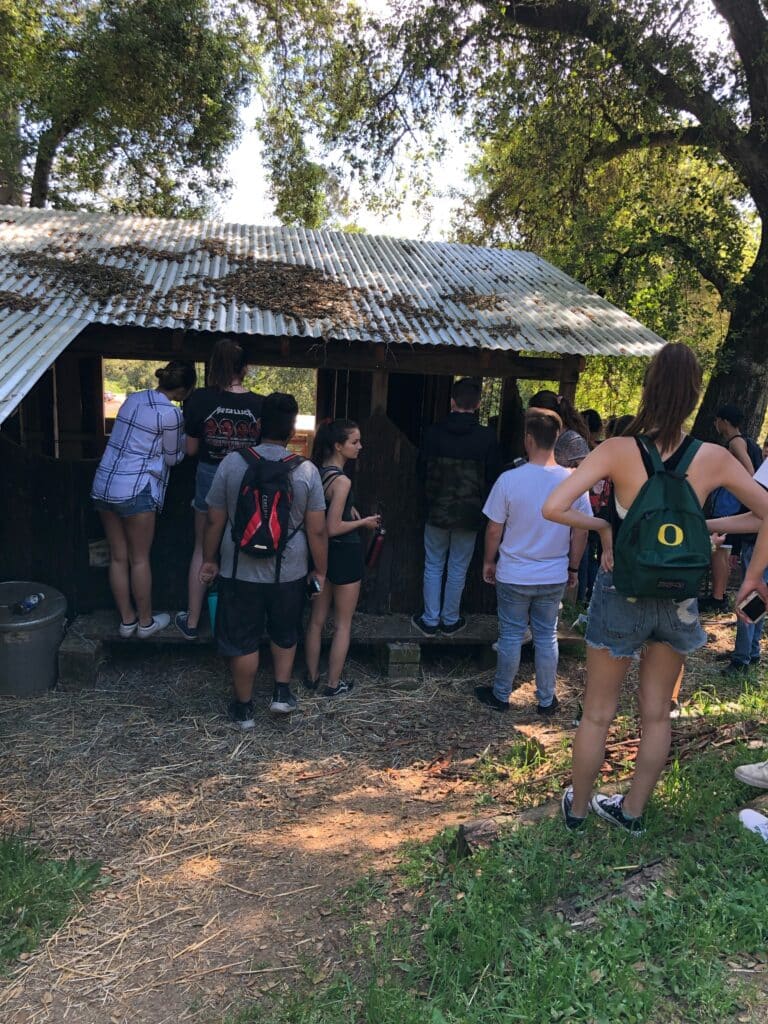
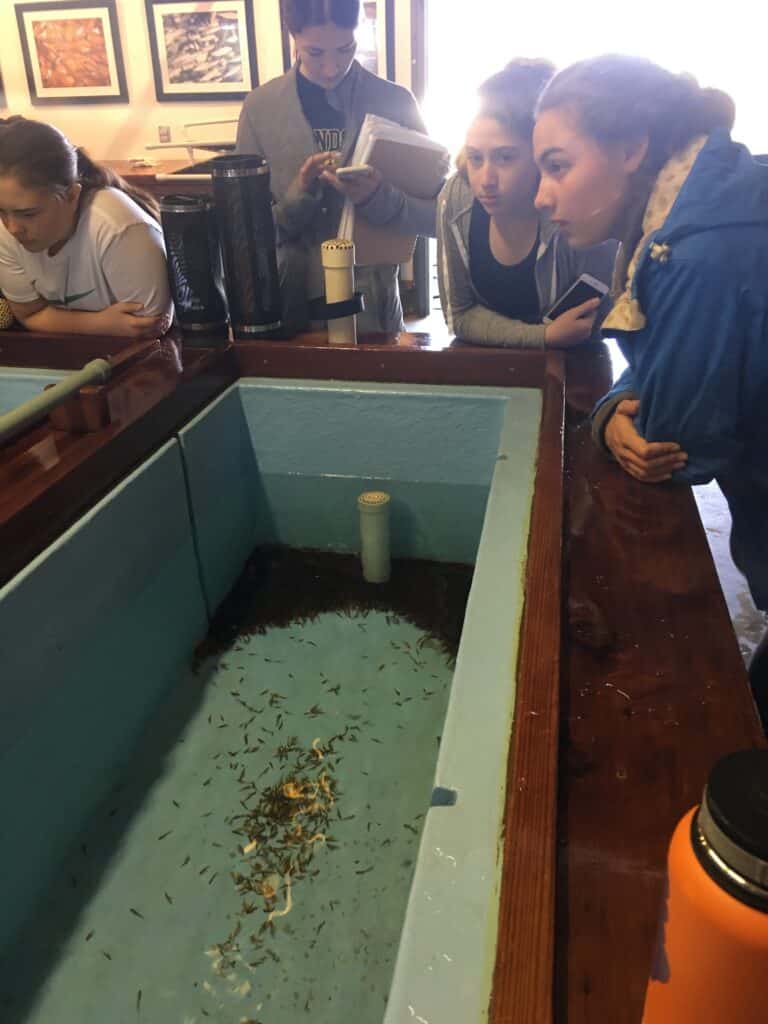
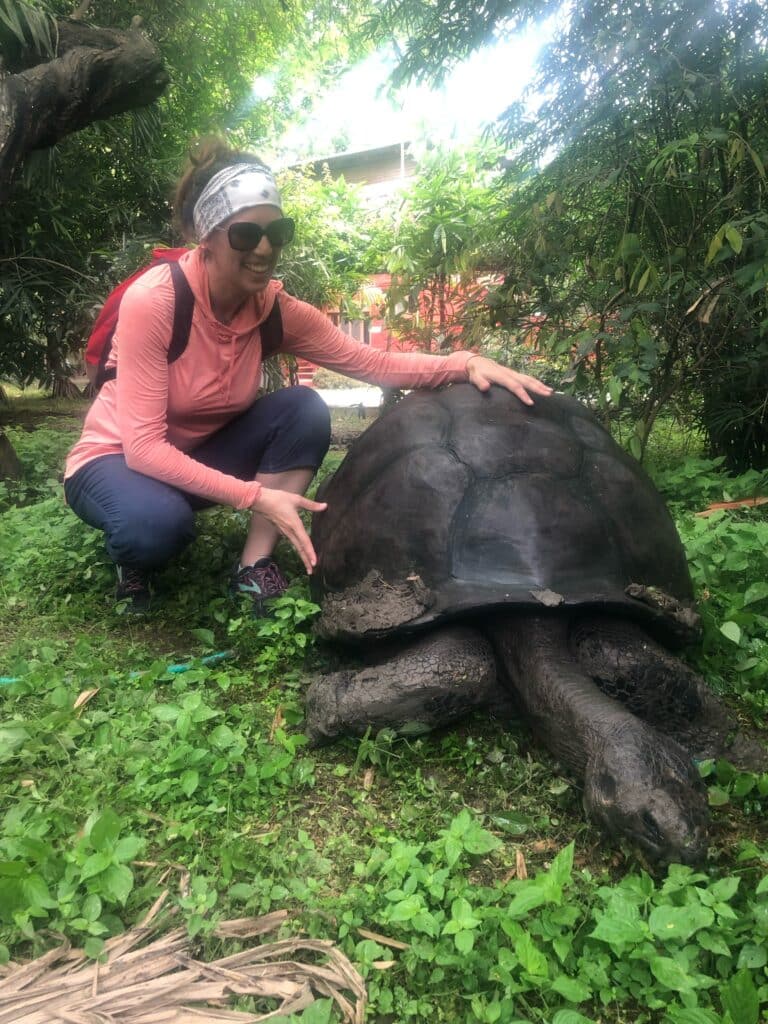
No responses yet